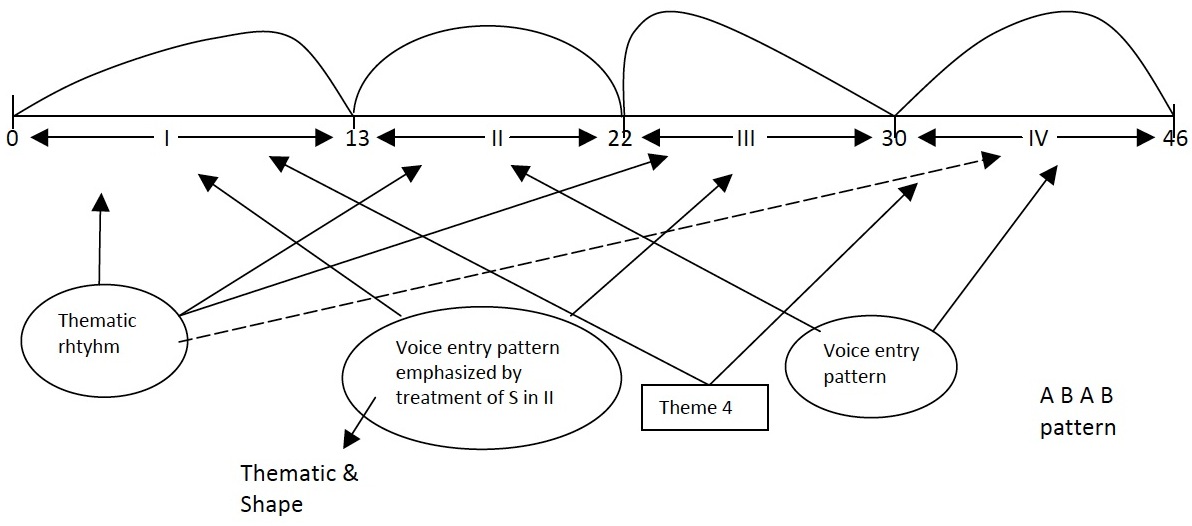| Source title | Siguense ciertas Fantasias a tres, y señalase la voz de en medio con vnos puntillos que es el alto y esta primera es del primer tono, señalasae la claue de fafaut tercera en primer Traste. F[acil] |
|---|---|
| Title in contents | Fantasia a tres, por el primer tono |
| Text incipit |

Music
Category abstract
Genre fantasia
Fantasia type Imp
Mode 1
Voices 3
Length (compases) 79
Vihuela
Tuning D
Courses 6
Final IV/2
Highest I/7
Lowest V/7
Difficulty easy
Tempo not specified
Song Text
Language
Vocal notation puntillos
Commentary
The first of the group of three-voiced fantasias that follow the modal cycle of fantasias 1-8. This one is in mode 1 and is similar in style and structure to the preceding works. It is interesting in that there is very little use of the lower courses, no notes on VI, and only a few uses of V/7 where IV/2 was impossible.
Ananlysis:
The work is in 4 sections
- I (1-13) compases
- II (13-22)
- III (22-30)
- IV (30-46)
It is half the length of most of Daza’s other fantasias, only 49 conpases. For this reason, it has only three short thematic motives.
Other observations:
• The interval of most importance is the descending 3rd.
• Cadential figures (bass and superius) which mark off the sections are typical of Daza’s style.
• Theme lengths themselves are quite short, this being a reflection of the great variety of tails rather than short musical sentences. They stand out as signpost marking the way to a new level of polyphonic activity.
• Theme 1 is introduced SATB and proceeds to the cadence at bar 7 where the anacrusis of theme 2 anticipates the cadential resolution.
• Themes 1 & 2 are similar in their narrow profile – a range of a minor 3rd. • The same SATB entry order is used for the second theme, and rests are used to give this theme the same sort of textural build up as is usual generally in Daza’s openings. The repeated tail of this theme with its individual extension in the superius (7&8) (10&11) is echoed in the Altus. Cadence establishes G as the firm tonic at the end of the section.
• This is followed by a chordal interlude leading to a cadence on D in bar 15. The motive presented sequentially in the tenor during the interlude preempts the arrival of the third theme
• The third theme is used in episode 4, introduced in the Alto, followed by two unison (=8va) pairs of entries in close canon ST, BS. The secondary theme during theme 2 is likely to have been thought of as a precursor to 3, and an across the theme method of unification.
Themes 2+3 are commenced on upbeats which is typical 1st theme is not. Theme 3 is conceived V-I melodically, also quite common.
